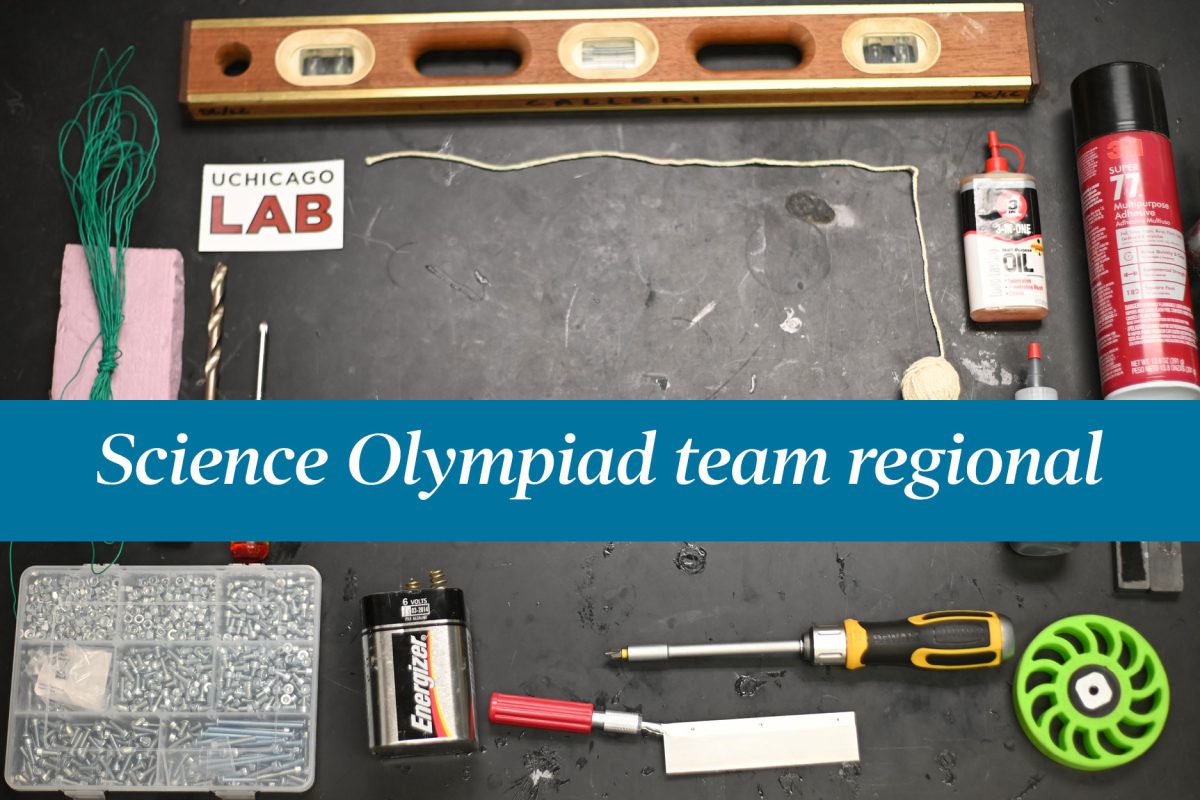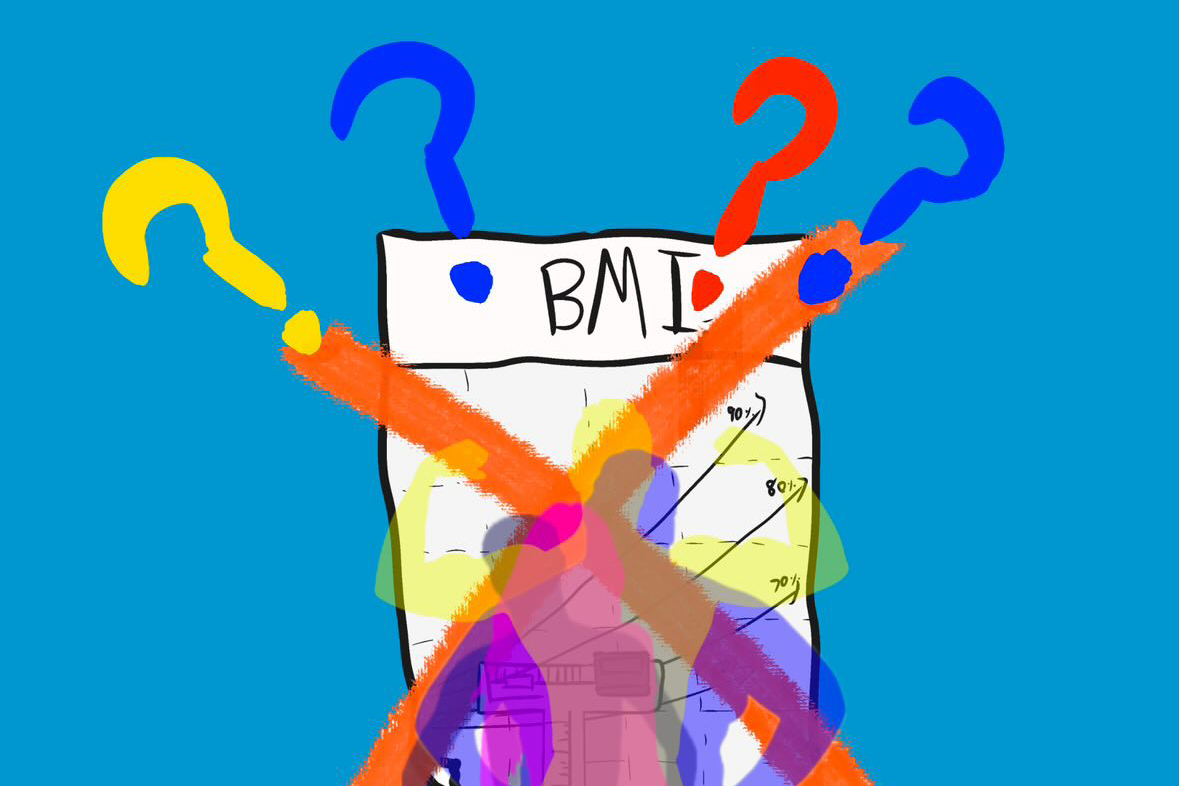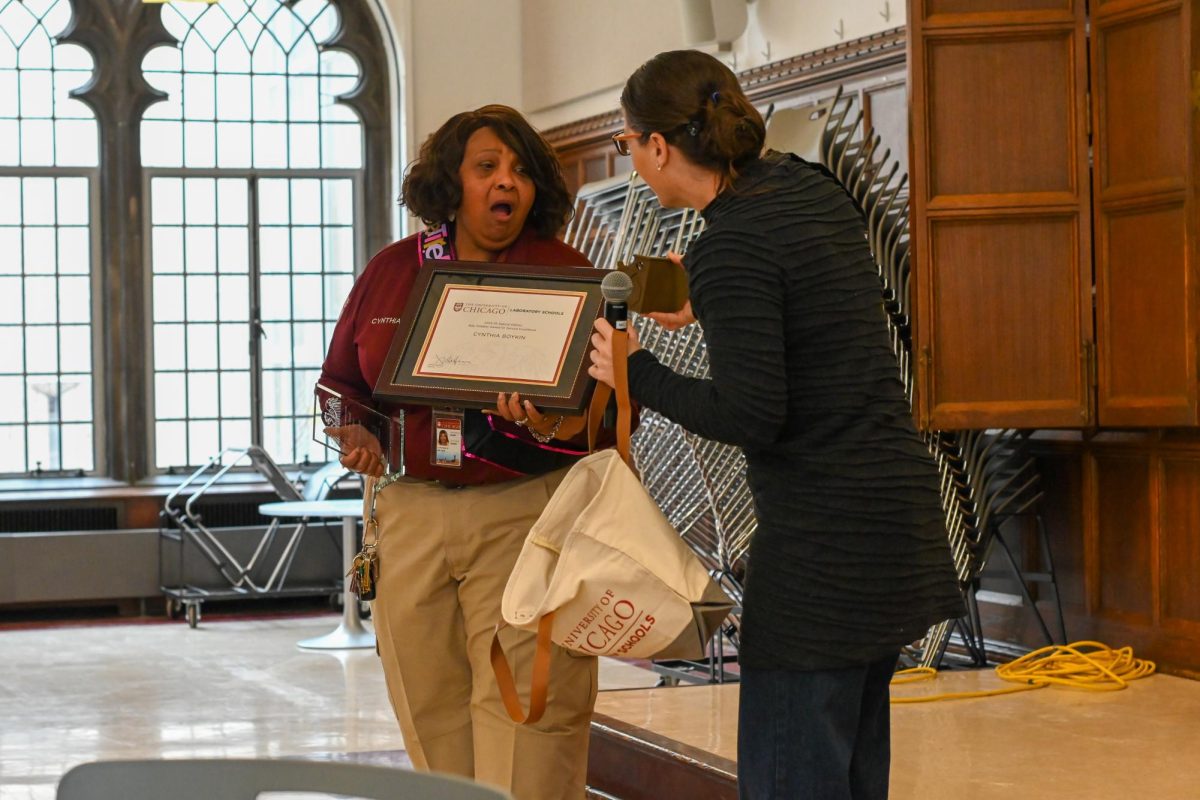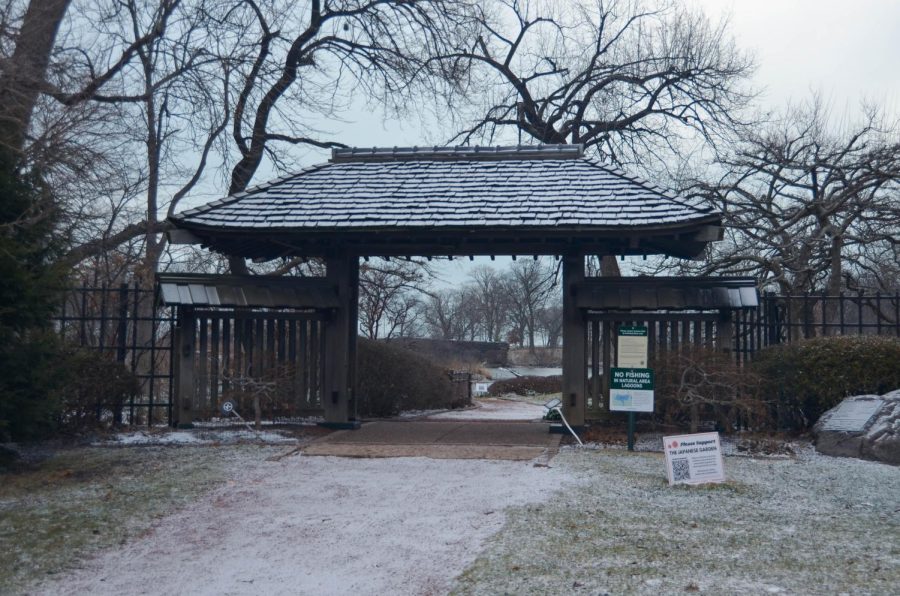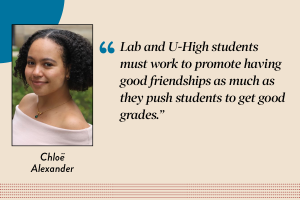Garden of the Phoenix and its maintenance symbolizes city’s multiculturalism
The Garden of the Phoenix has represented Chicago’s relationship with its sister city Osaka for over 100 years.
March 1, 2023
In the spring, just south of the Museum of Science and Industry, newly planted cherry trees blossom. In the summer, fat koi lazily swim in a century-old pond. In the fall, maple trees that surround the garden turn a brilliant red, thoughtfully placed in the 1890s by Frederick Law Olmstead, the designer of Central Park. In the winter, snow dusts traditional Japanese gates built to commemorate Chicago’s sister city relationship with Osaka, Japan.
Today, Jackson Park’s stunning Garden of the Phoenix is a testament to Chicago’s diversity and multiculturalism, but it wasn’t always that way — and might not be forever.
In 1893, Japanese carpenters and architects worked with their American counterparts to build the Garden of the Phoenix, a sprawling section of the Chicago world’s fair with traditional gardens, pavilions and temples. For years after, the area allowed the South Side’s significant Japanese American population to connect with each other and their culture.
“A Japanese man started a wonderful tea garden by one of the temples, employing lots of teenage boys and girls who really needed the money,” said Louise McCurry, who has taken care of the garden for nearly 30 years. “It created a space where people were welcome from all over the South Side, particularly the Japanese community, to come and appreciate their customs and cultures in a quiet, peaceful environment.”
While the garden flourished for nearly 50 years after it was built, in 1946, as anti-Japanese sentiments surged, the ornate Phoenix pavilion was burned along with the tea house inside it. As the city continued to neglect the park, it became a hub for Chicago’s increasing crime rates.
“When I first came to Chicago in the early ’70s, this park was totally run by the gangs,” Ms. McCurry said. “There were tents everywhere, and people were selling drugs off the side, and prostitutes back there.”
It took nearly half a century before the park was reestablished, in a large part due to a community wide effort under Ms. McCurry’s leadership.
“Making parks safe is my thing,” Ms. McCurry said. “Change is never easy — you have to work hard to make it happen. But lots of individual effort, lots of volunteer time spent finding a way to improve the space for families to come and enjoy got the job done. I still have a whole network of volunteers, and we still work in the park regularly.”
Today, the garden is again a beautiful place in the South Side where anyone can relax, and a testament to the United States and Japan’s enduring relationship. However, weathered stones from the burned temple’s foundation just outside of the garden serve as an unsettling reminder how quickly that can change. While vandalism increased along with a surge in anti-Asian hate during the coronavirus pandemic led to the closure of the garden’s half-moon bridge, people like Ms. McCurry and groups of volunteers work constantly to make sure the Garden of the Phoenix remains a symbol of people’s ability to connect, not divide.







